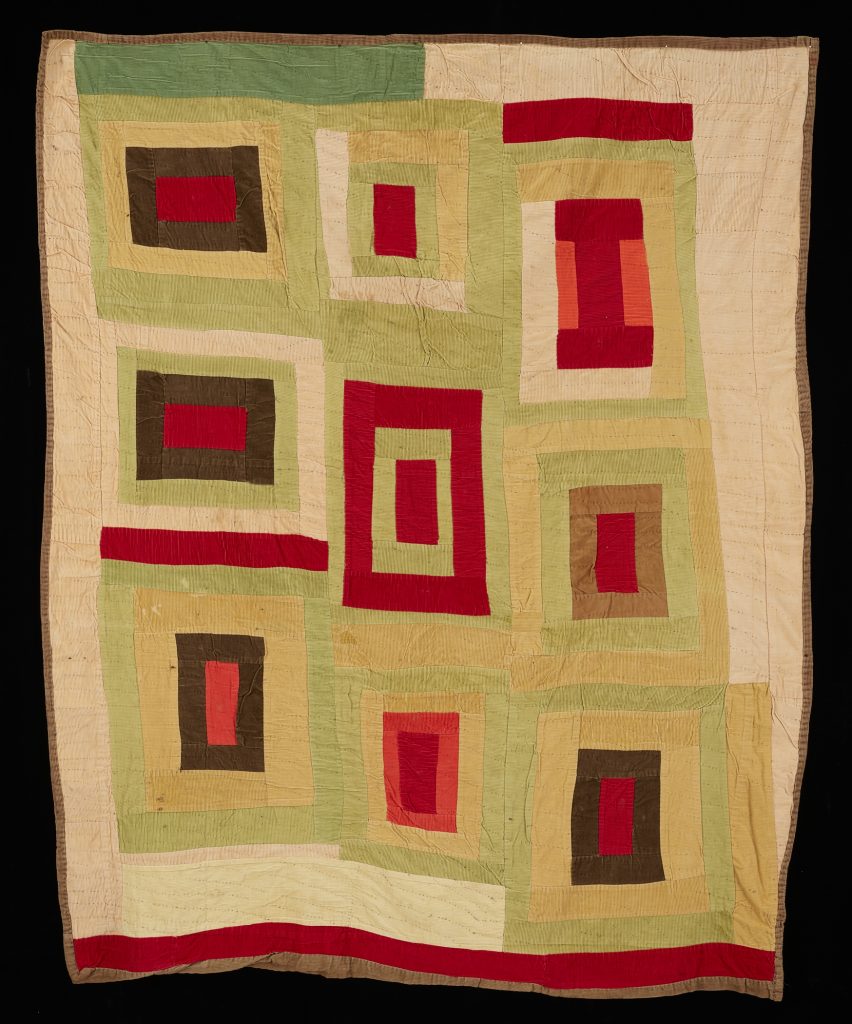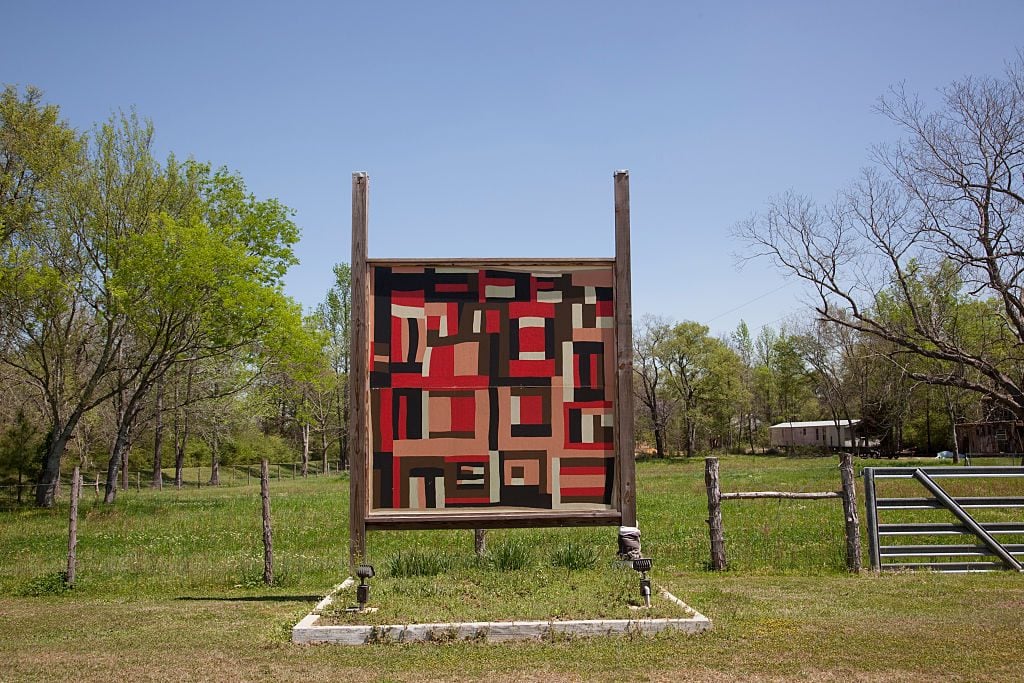Art World
Gee’s Bend Quilter Lola Pettway Works in a Long Family Tradition—Here Are Three Facts You May Not Know About Her Boundary-Breaking Art
Pettway's artistry is part of a long and rich tradition.

Pettway's artistry is part of a long and rich tradition.

Maria Vogel

In these turbulent times, creativity and empathy are more necessary than ever to bridge divides and find solutions. Artnet News’s Art and Empathy Project is an ongoing investigation into how the art world can help enhance emotional intelligence, drawing insights and inspiration from creatives, thought leaders, and great works of art.
Lola Pettway never set out to make artworks deemed worthy of museums. Quilting, her preferred medium, was a skill passed down to her from generations of women before her: both her mother and her grandmother were noted quilt-makers in Gee’s Bend, Alabama, where Pettway grew up. There, she adopted the practice more out of necessity than for leisure or art.
Labor was a part of life, even early on. Growing up in the first half of the 20th century, Pettway and her 13 siblings worked in fields from as early as the age of 10. It was there that Pettway developed a steadfast work ethic.
Her attention to detail translates into her quilting. The quilt pictured above, which was made in the 1970s and is part of the collection of the Minneapolis Institute of Art, is one particular piece that provides evidence of the artist’s applied empathy.
We worked with Karleen Gardner, the director of the Minneapolis Institute of Art’s Center for Empathy and the Visual Arts, to get a deeper sense of the work’s meaning, history, and its connection to emotional intelligence.

A visitor looks at the “The Quilts of Gee’s Bend” exhibition at the Corcoran Gallery of Art in 2004. Photo by Stephen Jaffe/AFP via Getty Images.
Unlike many artworks that typically find homes in museums, Pettway’s Housetop has a tactility unique to the medium. Every inch of the quilt would have touched her hands as she stitched the fabric together, piece by piece, imbuing it with her life experience. Looking at it, you can imagine the process by which it came to life, envisioning the weight and texture of the quilt in your own hands.
There is also an element of human connection unique to the medium: most people can relate to the experience of wrapping oneself in a blanket, which connects viewers to themselves and one another. That physicality and those emotional undercurrents give the work its import.

A reproduction of a quilt on display in Gee’s Bend, Alabama. Photo by Carol M. Highsmith/Buyenlarge/Getty Images.
Pettway’s innovative design was not intended to be presented in a museum, but to provide warmth and comfort to her family at home. The quilt was meant to be used again and again, and to be worn down through the years by use.
The work was even created practically: Housetop is made of corduroy, a material Pettway acquired through her mother, Allie Pettway, who in turn acquired it at the Sears department store, where she worked along with her quilting circle, the Freedom Quilting Bee, to make pillow shams. The corduroy that Lola Pettway used to make her work was scrap leftover from that project.

A visitor looks at the “The Quilts of Gee’s Bend” exhibition at the Corcoran Gallery of Art in 2004. Photo by Stephen Jaffe/AFP via Getty Images.
Pettway didn’t just create museum-worthy work. She also created an experience that takes viewers back in time, and allows them to feel the emotions that Pettway herself felt. She learned the art of quilt-making from her mother at age 10 while growing up in the segregated South. It’s not difficult to imagine how two realities—one of hard work, and the other of escapist focus on craft—came together in her work.
For some, a quilt may merely be an object, but Pettway’s quilts represent so much more. A quilt is an object that nearly every person can relate to, opening the door for an emotional connection so that viewers can empathize with Pettway. One can imagine the familial trauma, joy, sadness, prosperity, death, and life that she encountered as she hand-stitched each piece of fabric together. Each work of Pettway’s stands alone, but also within a centuries-long continuum of honor and tradition.